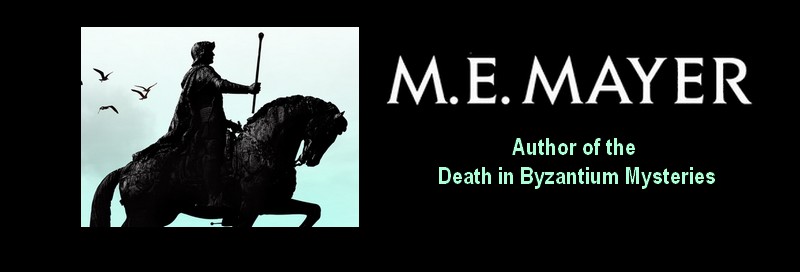 Although little remembered today, J.J. Connington, pseudonym for Alfred Walter Stewart (1880-1947), was a major writer of Golden Age Detective (GAD) fiction. A professor of chemistry, he found time to write one science fiction novel and seventeen mystery novels.
Although little remembered today, J.J. Connington, pseudonym for Alfred Walter Stewart (1880-1947), was a major writer of Golden Age Detective (GAD) fiction. A professor of chemistry, he found time to write one science fiction novel and seventeen mystery novels.
In The Sweepstake Murders a nine-man syndicate holds a winning ticket worth a quarter of a million pounds. Quite a sum, particularly in 1931, the year of publication. After one member dies in an airplane crash, court action by his estate delays the payout. The survivors agree that the prize will be shared equally by those still alive when the money is actually paid.
What could possibly go wrong?
Yes, that's right. Quicker than you can say "tontine," syndicate members begin to die in apparent accidents, starting with a tumble over the edge of a cliff at the delightfully named Hell's Gape. As syndicate members go down the value of the survivors' shares goes up. Obviously these guys should have read more mysteries before making that agreement.
Chief Constable Sir Clinton Driffield happens to be visiting the countryside, staying with one of the syndicate members, his friend Wendover -- the sort of gentleman of leisure so often featured in novels of the era. And a lucky thing too because the local police inspector while brilliant at collecting evidence is not as good as Sir Clinton at putting everything together. At least not putting it together the right way.
The suspense never lets up because the reader is kept guessing who the next victim will be. For those of us who never manage to figure out the killer, the ever dwindling number of suspects at least gives us a decent chance of making a blind guess.
The mystery becomes increasingly complicated because each new "accident" needs its own explanation. Connington belonged to the "fair play" school, which is to say he presents the reader with all the clues the detective has, all the clues necessary to solve the mystery. In a sense a novel like this is a huge puzzle. Everything the writer relates might be a clue, or a red herring.
Connington offers a huge variety of evidence for each of the multiple murders: personal entanglements, financial motives, timing sensitive alibis, physical and forensic clues, to name a few. You have to love a mystery where the solution depends on disparate clues like photographs and punctuation. Oops. I hope I didn't give anything away there. Unless you're a real mystery puzzle expert I doubt it.
And who is expert at figuring out complicated puzzles these days when practically every mystery is required to be in large part a psychological drama or thriller? Personally I think rationality is as much a part of human makeup as our underlying psychology or emotions like fear or love and therefore as worthy of being a subject of literature, even if publishers and academics disagree.
An interesting aspect of this book is that the mystery hinges in part of technology of the era, some of which was rather new in 1931. However much a novel like this might seem old fashioned, Connington was right up to date.
I happen to enjoy GAD mysteries. To me, they are much more inventive than the tiresome cookie-cutter mayhem we get too much of today (Hey, there's an idea -- The Cookie-Cutter Serial Killer!). The Sweepstake Murders is an excellent example of the Golden Age detective novel.

No comments:
Post a Comment